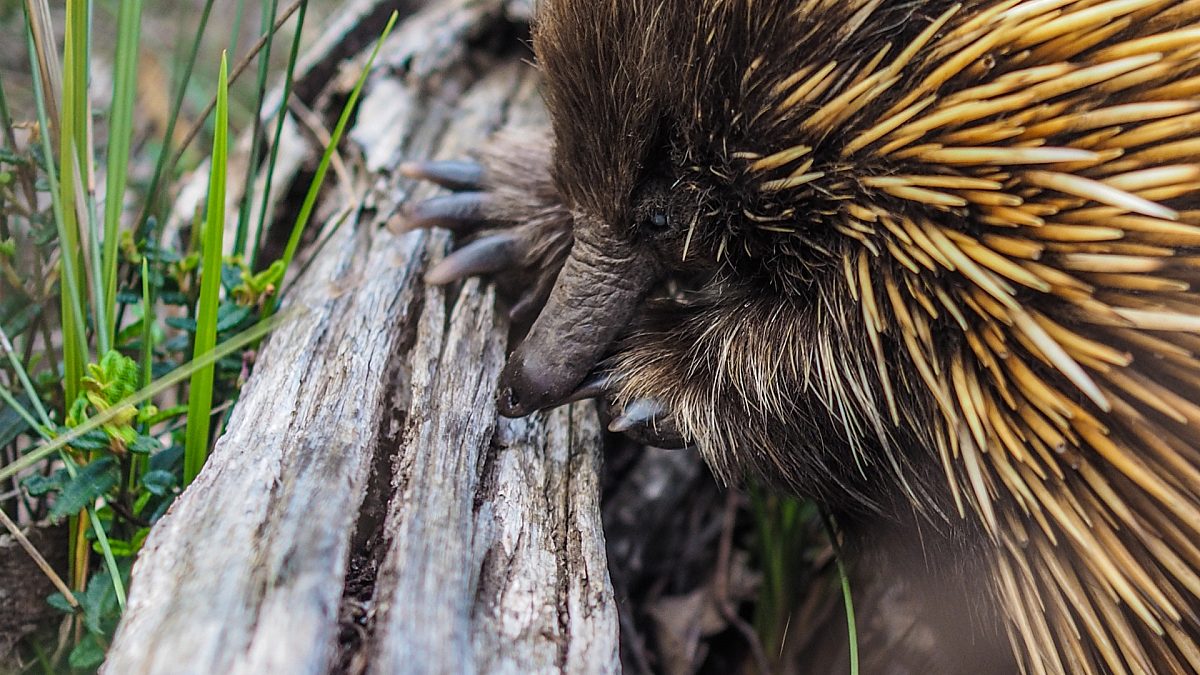
10 endangered Australian animals in need of urgent help
Mammals under threat
Australia is renowned for its biodiversity, the continent playing host to some of the world’s most iconic animals. However, Australia's wildlife is coming under increasing pressure. Here, 10 mammals that need urgent intervention following the 2019-20 bushfires. (Plus one more that we just have to tell you about!)
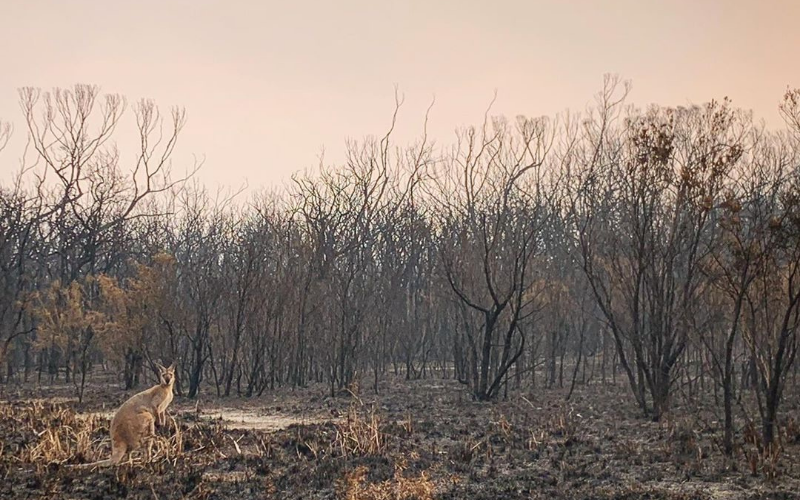
The catastrophic summer bushfires of 2019-20 destroyed around 20% of Australia’s forests and are thought to have killed over a billion animals.
As a result of the fires the Government recently revised its provisional list of animals that need urgent management intervention, with a total of 119 different species now listed.
While there are many more animals in need of urgent attention, here are 10 mammal species from that list that need our help more than ever in wake of the bushfires. Some are national icons, while some you may never have heard of. Most are officially listed as endangered or critically endangered, but all are now in real trouble following the fires and their status could change as a result.
UPDATE: News of the Little Pygmy Possum on Kangaroo Island
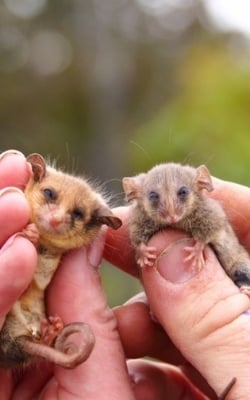
Along with animals like the Kangaroo Island dunnart (No. 2 below) there were fears that the little pygmy possum (Cercartetus lepidus), thought to be the smallest possum in the world, may have been completely wiped out on Kangaroo Island by the 2019-2020 bushfires. Fortunately, the tiny marsupial was found in December 2020 by the conservation group Kangaroo Island Land for Wildlife.
It is thought the possums had lost 88% of their range due to the fires. Weighing less than 10 grammes, the little pygmy possum is also found in Tasmania, Victoria and South Australia.
Following its rediscovery it is hoped the possum will reestablish itself on Kangaroo Island, but threats from feral species like foxes and cats remain.
1. Silver-headed Antechinus
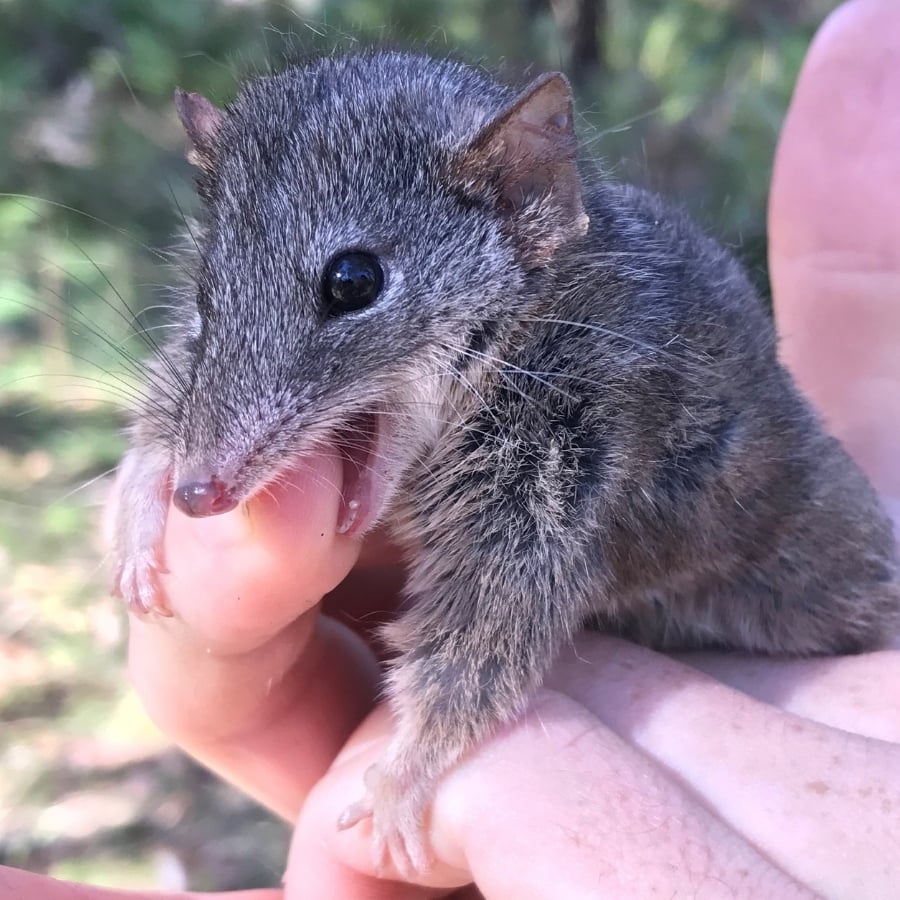
Australia is so vast and our national parks so big that we are still discovering new mammal species. The Silver-headed Antechinus was described in Kroombit Tops National Park, South East Queensland, in 2013. The marsupial feeds on beetles and cockroaches and is at particular risk from feral animals, with a small range in a single national park. Antechinus have a famously active mating period, whereby the males do nothing but have sex for two weeks, without eating or sleeping, before dropping dead! It's thought that the act of dying leaves enough beetles and other insects for the offspring to then feed on.
Read our interview with mammalogist Dr Andrew Baker from the Queensland University of Technology about his work with these tiny marsupials, why their frenetic mating regime leaves them vulnerable to our shifting climate.
2. Kangaroo Island Dunnart
Dunnarts are tiny carnivorous marsupials found in a broad range of habitats right around Australia. Comprising 19 different species, one was hit particularly badly during the summer bushfires. There were fears that the Kangaroo Island dunnart, which had most of its range destroyed by the fires, could go extinct. However, there is still hope for the critically endangered dunnart, with sightings on camera traps after the fires.
Update June 21: work by conservation groups have fenced a 369-hectare refuge area that has been made free of feral predators to allow the dunnart and other species a greater chance of recovery.
3. Mountain Pygmy-possum
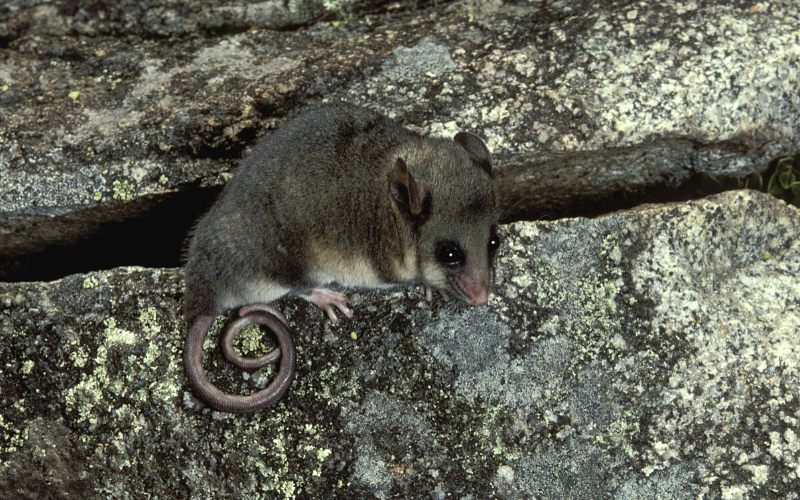
The Mountain pygmy possum was already at risk before the 2019-2020 summer bushfires, which tore through its range in Kosciuszko National Park, NSW. Dependent on the migratory bogong moth as a food source, this tiny possum is one Australia's most specialised animals.
4. Hastings River Mouse
This endangered rat-like rodent can be found in small populations living in upland forest in central east NSW and in south-east Queensland. The largest populations are found in unburnt forest that hasn’t burnt for five to 10 years. This makes this rodent particularly susceptible to bushfires. The mouse is poor at colonising new areas, making the sheer extent of the summer bushfires a major blow to its already small pockets of population. Other threats include predation from feral cats and foxes, and wild pigs degrading its habitat. Numbers are being monitored in Main Range and Lamington National Parks in Queensland, as part of a national recovery effort.
Help stop the extinction crisis. Every donation counts
5. Long-footed Potoroo
Found in the south-east of Victoria and up across the border with New South Wales, this small kangaroo-like marsupial is most common in East Gippsland. Unfortunately much of its range was lost in the 2019-2020 summer bushfires and the animal actually plays a crucial role in the recovery of burnt areas, dispersing the spores of a fungi in its droppings that helps re-establish plant life.
6. Kangaroo Island Echidna
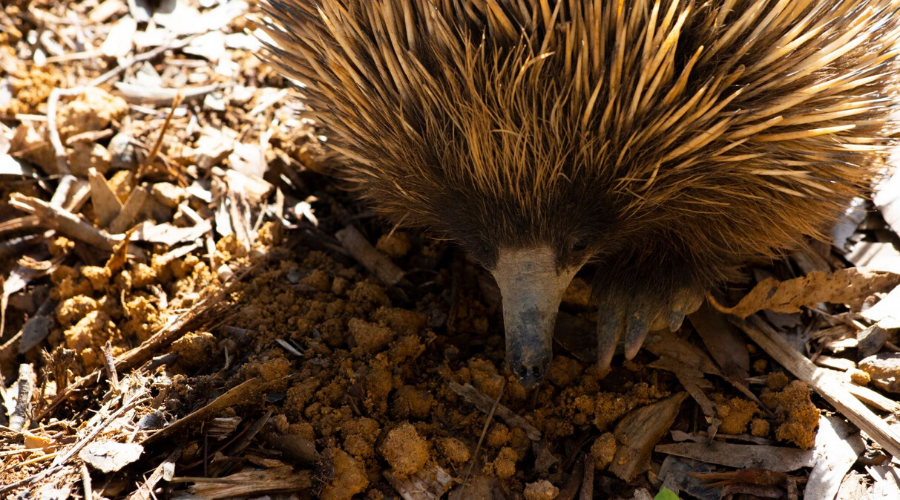
A subspecies of a national icon, as with the Kangaroo Island dunnart, much of this echidna's range was destroyed in the 2019-2020 summer bushfires. Thankfully, echidnas appear to be adept at surviving bushfires, able to dig down and take shelter in a burrow, while dirt between the spines provides some insulation from intense heat. The Kangaroo Island Echidna was recently listed as endangered under the EPBC Act.
7. Broad-toothed Rat
We've already lost one rat to the effects of climate change, let's not lose another! Found across woodland and alpine areas in south-east NSW and Victoria, and western Tasmania, this rare rodent's range was hit particularly badly in the 2019-2020 summer bushfires. It sports a thick pelt and a rather chubby-looking face.
8. Smoky Mouse
Sadly smoke from the 2019-2020 summer bushfires killed a group of the critically endangered Smoky Mouse, the first species to be recorded as dying from smoke inhalation. What's worse is that the nine animals were actually part of a breeding program in a facility near Canberra. They get their name from their light grey fur and are found in small populations in NSW, Victoria and the ACT. Australia has one of the worst records when it comes to small mammal extinctions, something that needs to be urgently addressed with a set of strong new nature laws.
9. Koala
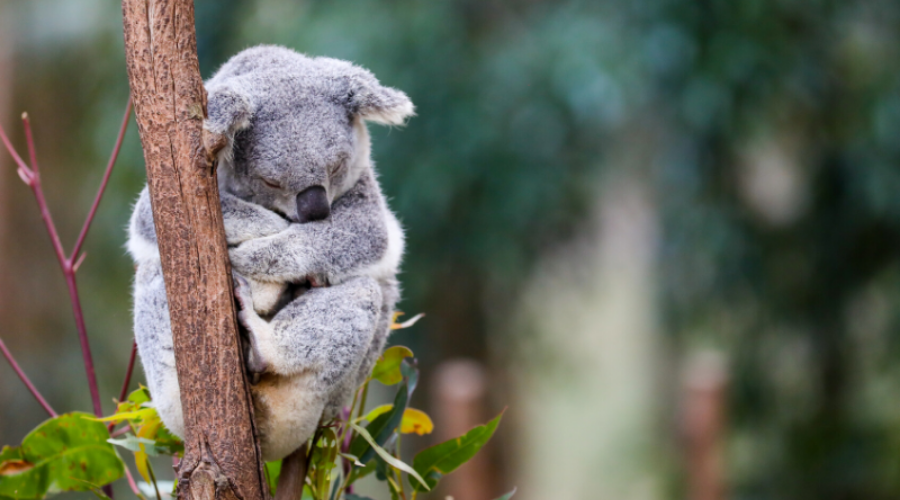
The combined populations of Queensland, New South Wales and the Australian Capital Territory have been hit hard in recent years, with habitat loss and now bushfires destroying much of this national icon's former range. The Kangaroo Island fires also had a devastating effect on the koala population there. Following a massive effort by wildlife rescue centres to help koalas that have survived the fires, there needs to be a strong recovery plan in place to ensure a healthy future for Queensland's state emblem.
10. Greater Glider
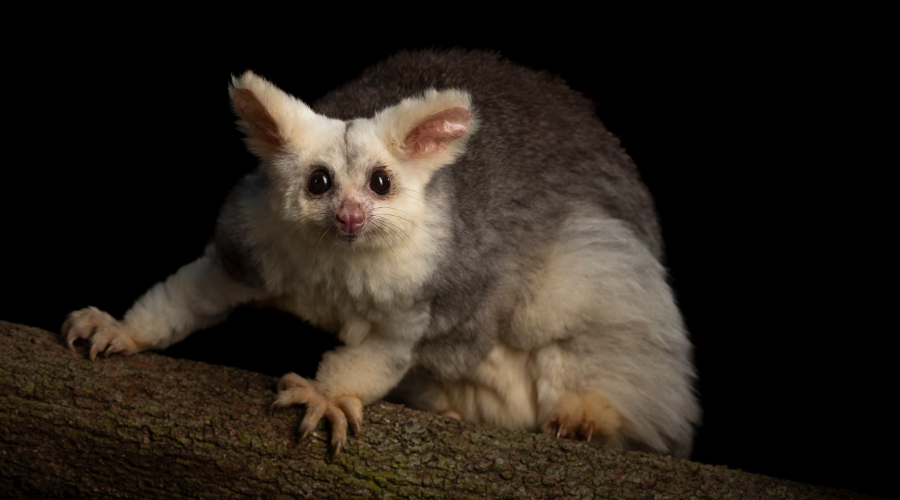
With a big bushy tail hanging down, the Greater Glider is an incredible sight if you manage to catch this nocturnal animal sitting in a tree in torchlight. Able to swoop from tree to tree it lost a lot of habitat due to the bushfires. Logging had already seen the Greater Glider's population crash some 80% in the last 20 years, which means it's vital that we protect any remaining Greater Glider habitat to ensure the survival of the species.
Stop the extinction crisis
Strong new nature laws and a robust plan to deal with bushfires on this scale are desperately needed to protect animals like these in the future.